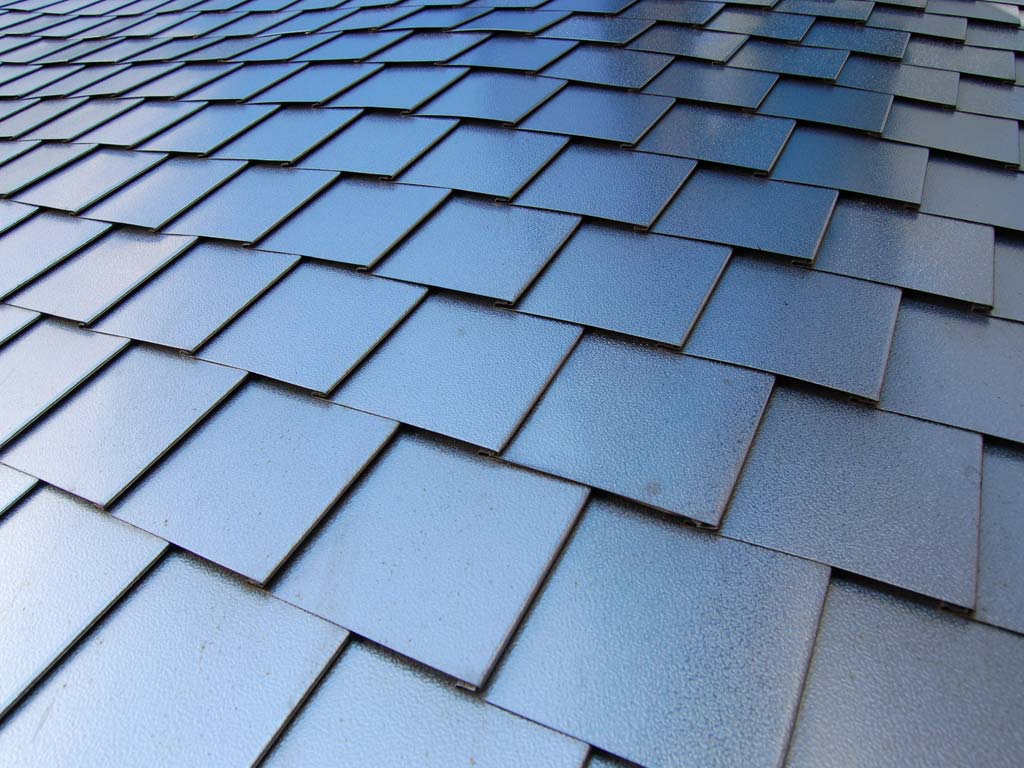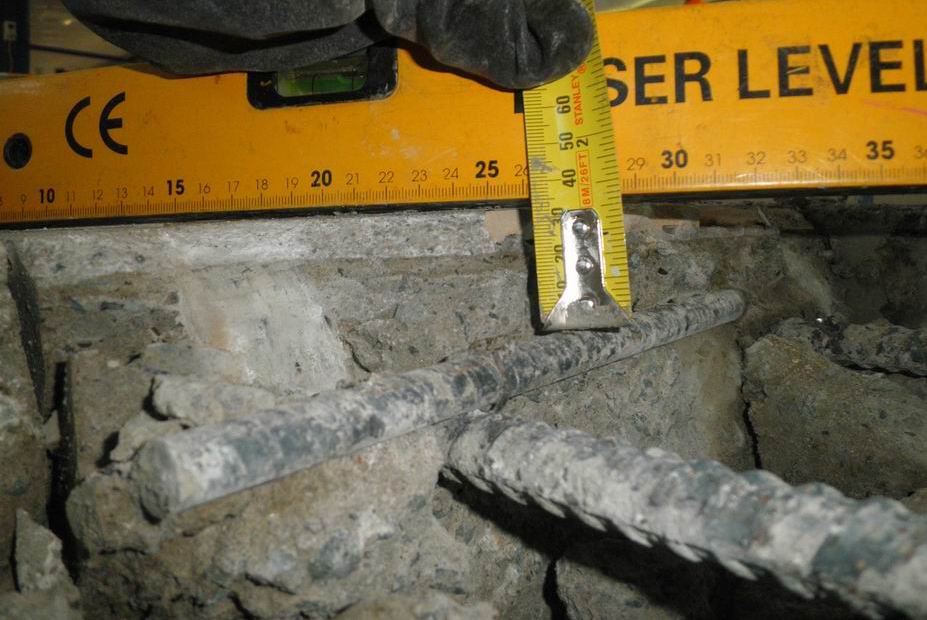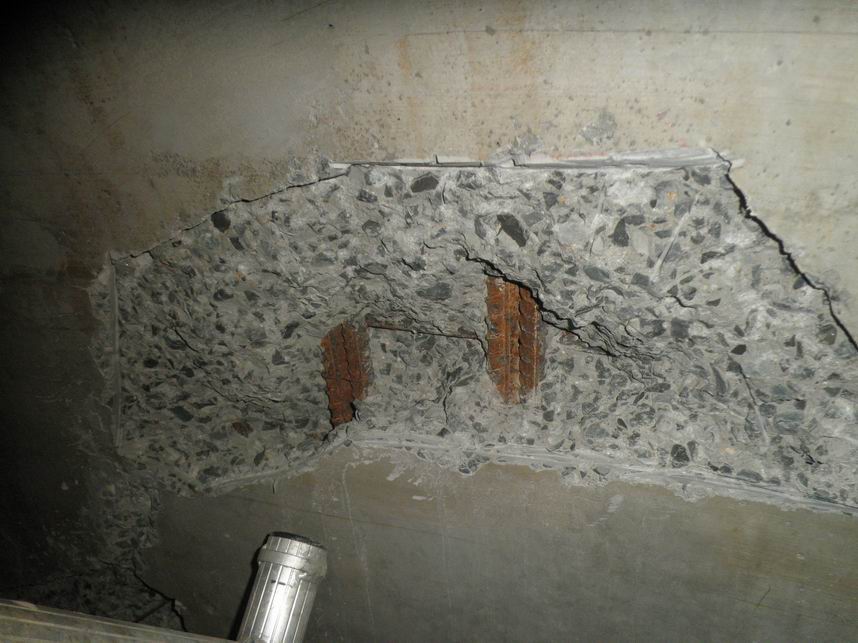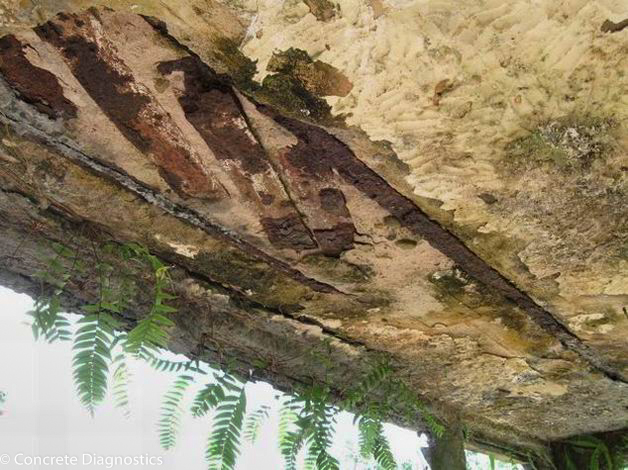




Concrete cover to the reinforcement is critical to the long term durability of a concrete structure, especially in an aggressive environment such as coastal or marine.
Concrete Diagnostics have two most common concrete test methods to determine the concrete cover. These are both Non-Destructive methods (covermeter and Ground Penetrating Radar) and both have their advantages and disadvantages depending on the expected cover, bar spacing and concrete structure.
Why use a cover meter over Ground Penetrating Radar (GPR)?
Ground Penetrating Radar (GPR) has a “fuzzy” zone within the first 20 mm (approximate – depending on the radar frequency). GPR can still locate targets within this zone; however the depth is not clear.
A cover meter is designed specifically for detection of low covers and if the bar size is known cover meters are more accurate in the shallow region than GPR.
Ground Penetrating Radar is better suited to detection of deeper covers where cover meters lose their detection ability.




Concrete Testing - Concrete Cover
